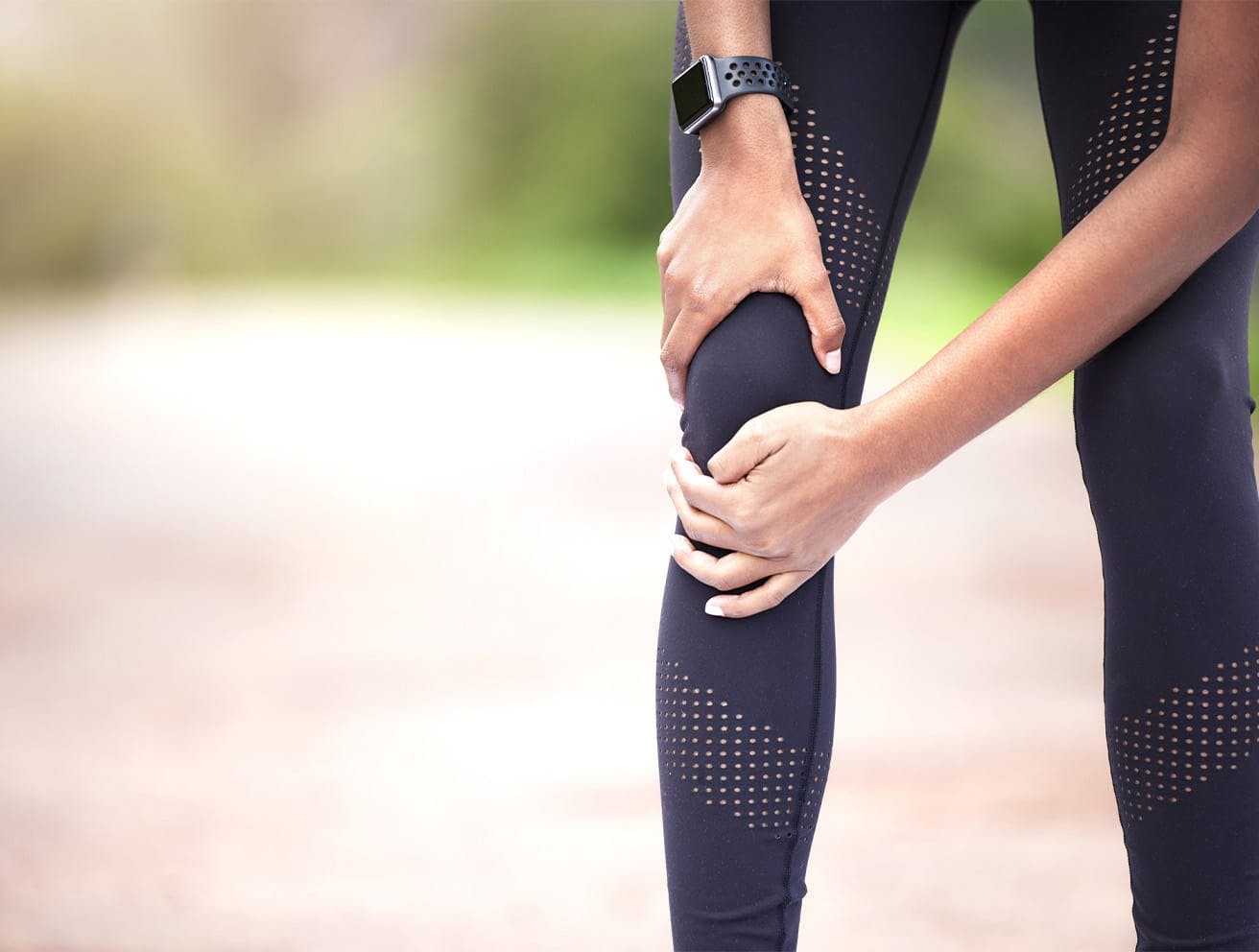Advanced treatments for cartilage defects to restore mobility and comfort.
What are the symptoms of a cartilage defect?
Cartilage defects can create pain and sensations of catching or grinding in your knee. They may develop due to wear and tear or an injury, such as a sports-related fall or rapid directional change. Initially, you might not feel symptoms since cartilage lacks nerves. Over time, however, these defects can disrupt joint function, leading to pain, inflammation, and limited mobility.
As cartilage doesn't have a blood supply, your body struggles to repair these defects on its own. In severe cases, scar tissue known as fibrocartilage may grow, but it doesn't provide as smooth a gliding surface as your original cartilage.









